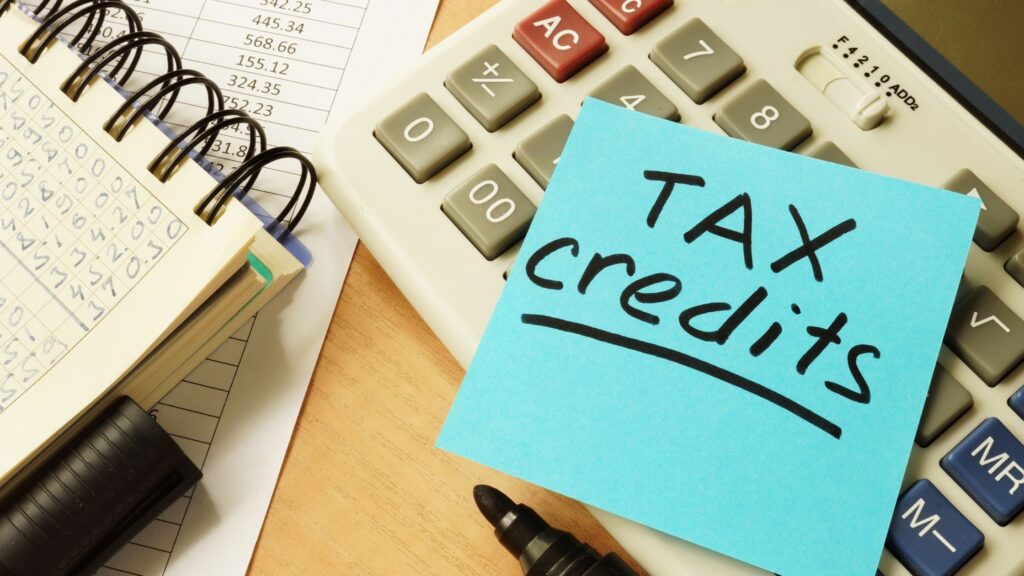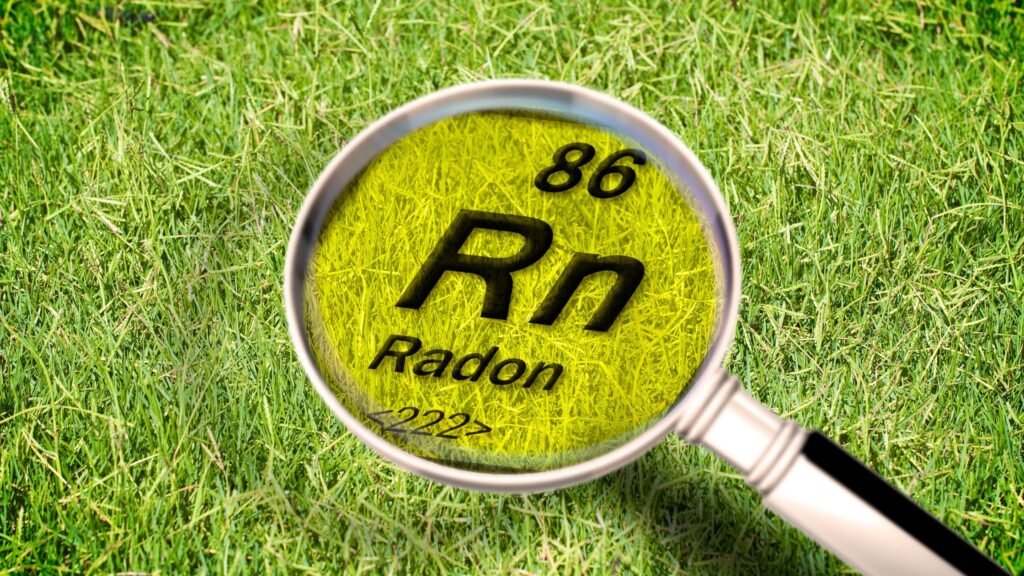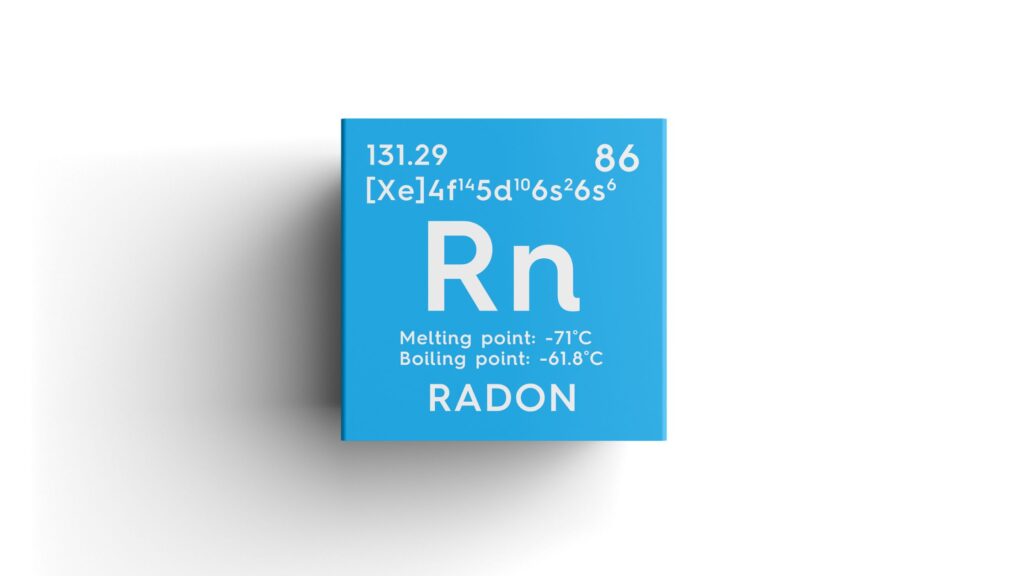Radon, a colorless, odorless radioactive gas, poses serious health risks to homeowners. Prolonged exposure to high levels of radon is the second leading cause of lung cancer in the United States, making radon mitigation a crucial step for safeguarding the health of your family. In 2025, homeowners have the opportunity to reduce radon risks through the installation of mitigation systems, while also benefiting from valuable tax incentives.

What Are Radon Mitigation Tax Credits?
Radon mitigation systems are designed to reduce radon levels in your home by venting the gas outside through a system of pipes and fans. As concerns about radon exposure grow, both federal and state governments have introduced tax credits to help offset the cost of installing these systems.
In 2025, homeowners can benefit from tax incentives that cover a percentage of the costs associated with radon mitigation, making it more affordable to ensure your home is safe. These credits are designed to encourage homeowners to take proactive steps in addressing radon exposure, ultimately helping to reduce health risks and improve indoor air quality.
Federal Tax Incentives for Radon Mitigation
The federal government offers a tax credit through the Energy Efficient Home Improvement Credit for 2025, which includes radon mitigation systems as an eligible expense.
I) Credit Amount
Homeowners can claim 30% of the total cost of qualifying improvements, which includes installing radon mitigation systems. This helps reduce the financial burden of ensuring a safer living environment by lowering the upfront costs.
II) Maximum Credit
The maximum annual credit is capped at $1,200, and it can be claimed for various home improvements, including the installation of radon mitigation systems. This cap provides a limit on the amount homeowners can benefit from in a given year.
III) Eligibility Requirements
To qualify for the federal tax credit, the mitigation system must meet specific energy efficiency standards. Additionally, the property must be the homeowner’s primary residence, and the system must comply with EPA safety guidelines for proper installation and effectiveness.
State-Level Radon Mitigation Tax Credits
These state-level programs provide additional financial assistance to homeowners who are installing radon mitigation systems.
- Credit Amount: Eligible homeowners can receive up to $1,000 in tax credits to help offset installation costs.
- Eligibility: Applies to homes built before 2025 that have been tested and found to contain elevated radon levels.
- Effective Date: The credit takes effect for tax years beginning in 2025, allowing claims on 2025 returns.
This tax credit provides financial support for reducing radon exposure in residential properties. Homeowners are encouraged to test their homes early and install mitigation systems to ensure eligibility and safer living conditions. Learn more about Tax Credits on Radon Mitigation.
Steps to Take Advantage of Radon Mitigation Tax Credits
To make the most of these tax credits, homeowners should follow a few essential steps. Here’s how you can take advantage of these opportunities in 2025:
1. Test Your Home for Radon
To address radon exposure, start by testing your home. While DIY kits exist, hiring a certified radon professional is recommended for accuracy. If radon levels exceed the EPA’s action level of 4 picocuries per liter, mitigation is needed.
2. Install a Certified Radon Mitigation System
After confirming elevated radon levels in your home, the next step is to install a certified mitigation system. Professional installation ensures the system meets your home’s specific needs and complies with safety standards.
3. Keep Detailed Records
To claim tax credits, keep detailed records of radon mitigation expenses, including receipts for testing, equipment, and installation. These will be needed when filing your tax return to ensure you claim the correct credit.
4. Consult a Tax Professional
Consulting a tax professional is advisable to effectively apply for radon mitigation tax credits. They can help determine your eligibility and maximize your claims.
Following these steps ensures accurate testing, safe installation, and proper documentation to claim the Iowa radon mitigation tax credit smoothly.
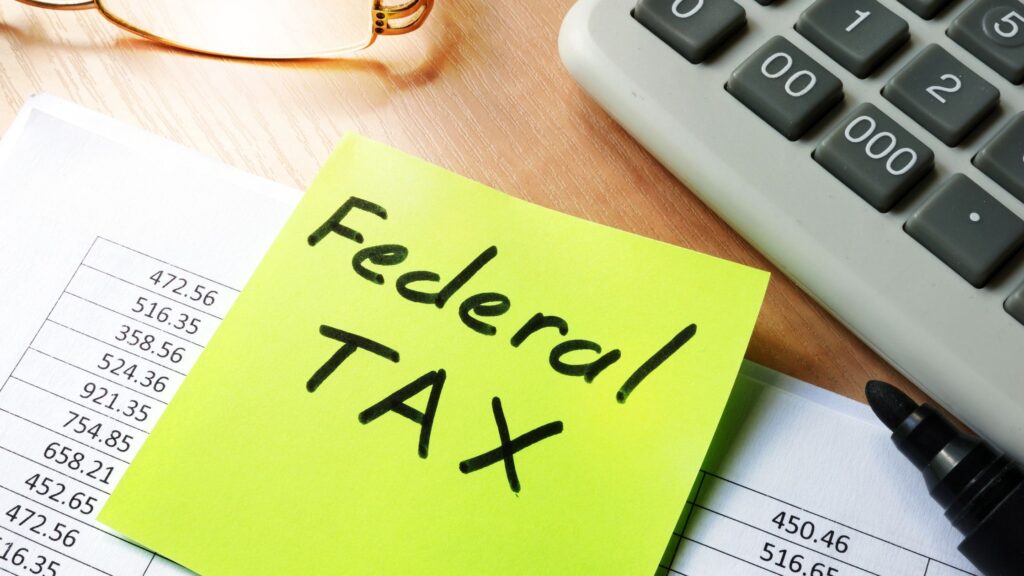
Perks of Radon Mitigation Tax Credits
Radon mitigation tax credits offer several benefits for homeowners looking to protect their health and save on home improvement costs:
- Financial Savings: Helps offset installation costs, making mitigation more affordable.
- Improved Health and Safety: Reduces radon exposure and lowers lung cancer risk.
- Increased Property Value: Homes with mitigation systems often attract higher resale value.
The Iowa tax credit encourages homeowners to install mitigation systems, promoting healthier environments, affordability, and stronger property values for community well-being.
Conclusion
In 2025, radon mitigation tax credits offer homeowners a valuable chance to reduce radon exposure while saving on installation costs. Federal and state programs make it more affordable to install mitigation systems and improve indoor air quality.
For professional radon testing and mitigation, companies like DSM Radon ensure compliance with all standards. Their expert services help homeowners take advantage of available tax credits, keeping homes safe and healthy.
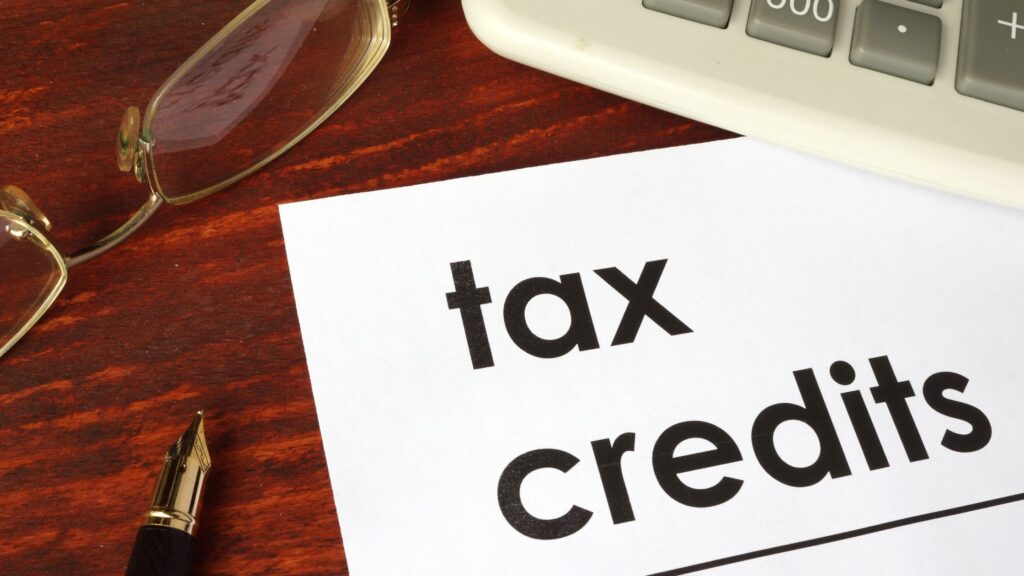
FAQs
1. How do I know if my home has high radon levels?
Radon testing is the only way to confirm the radon levels in your home. You can either use a DIY kit or hire a professional for more accurate results.
2. What types of radon mitigation systems are eligible for tax credits?
Radon mitigation systems that meet specific EPA standards for energy efficiency and safety qualify for tax credits. These systems generally include venting systems and fans.
3. Are there any income restrictions for claiming radon mitigation tax credits?
No, there are no income restrictions for claiming radon mitigation tax credits, but the system must meet required standards for eligibility.
4. Can I claim both federal and state tax credits for radon mitigation?
Yes, homeowners may qualify for both federal and state tax credits, depending on their location and the costs of installing a radon mitigation system.

